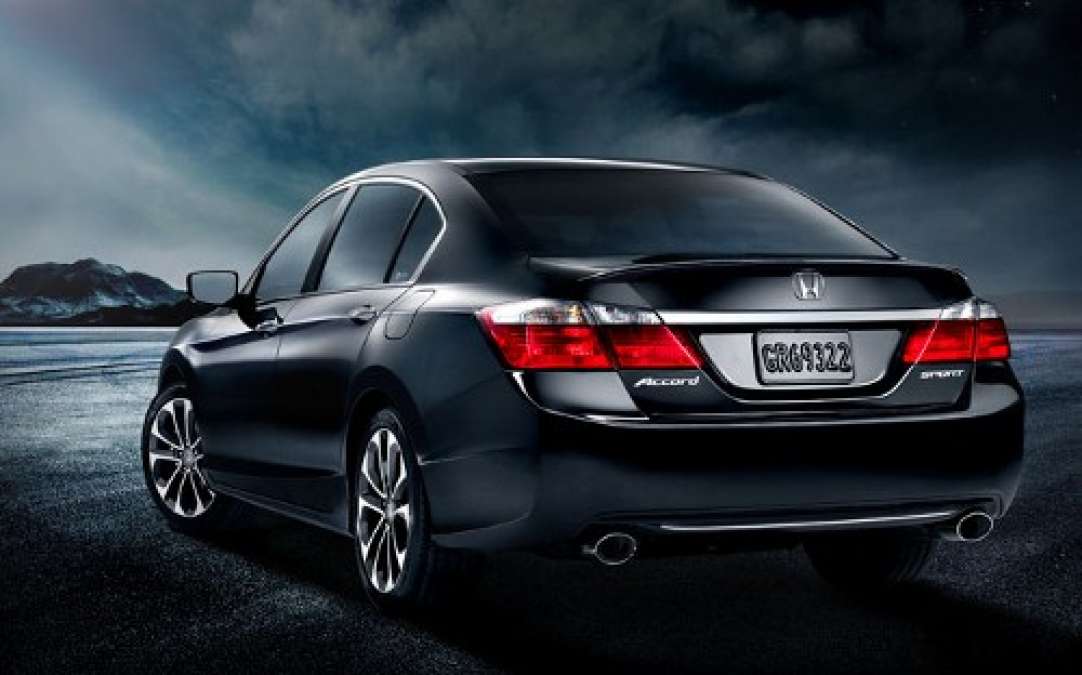Everyone likes a good deal and I’m no exception. And yes, sometimes it make good financial sense to purchase a new 2013 model from your local Honda dealer. Smaller down payment or lower monthly payments may look great the day of signing. If you’re paying cash, no worries. But here’s what I've found to be the constant in a year end purchase, and a couple of do’s and don'ts for year end buyers.
When you buy a 2013 Accord or Civic Si after the introduction of the 2014 model year, while you will spend 10-15% below suggested retail price at the time of purchase, you’re still taking a financial hit on the car.
Remember, no matter how sweet the deal looks, you’re effectively buying a 1 year old car with 0 miles on it. This will catch up with you prior to the end of the loan term, or time of trade in, resulting in a lower or “upside down” trade in value.
For some, a lease may be the way to go. Honda is offering favorable lease terms on the Accord CVT LX for $199.00 per month, with $1999.00 plus tax , destination and delivery charges.
But watch your dealer. Dealers are very good at packaging “under optioned” lease vehicles. Take a close look at the car and what you’re actually purchasing for your dollar. Also, pay attention to the yearly mileage limitations of the contract, warranty add-ons, end of lease buy-down, etc.
Well qualified? Go for it.
And, depending on the dealership, after factory incentives to that dealer, ($3,000 in December for car sales surpassing 2012 December sales,) unless you see a $3,000 discount, you’re effectively paying over suggested retail price for that car.
Now, I’m not picking on any particular dealer in this expose. Honda dealers are a reputable bunch. But salespeople as well as finance managers work on a commission only basis,incentives and add-ons. I know, I come from an automotive sales and service background.
So here’s how it works and what to watch for. If you have a close family member or friend in the business you can move to the end of the article. Kidding...
First and foremost: Dealerships do not make a significant profit on the sale of a new car. The internet has changed the car game. Most consumers know what they’re willing to pay for a specific model when they walk in the door. The dealer and in many cases the salesperson makes his commission on your trade in. His behind curtain #2 partner, the finance manager, makes his nut on a discount rebate from the credit union or bank underwriting your car, And, in some cases, on an interest premium added to the backside of your loan.
Sell below retail = a below wholesale trade in credit… Factory incentives also = a low trade in credit.
So here’s the other thing to consider. When you buy an end of the year clearance sale vehicle, the profit margin to the dealer as well as the commission to the sales person and finance manager has been effectively reduced by ‘ floor time.’ And while the numbers may look good to you on paper, there is no Santa Claus in the car game.
The salesperson, sales manager and finance manager, will find a profit in the deal even it it puts you “upside down” in resale value to note. They have to, to preserve their job.
For those buying a 2013 year end close out It is recommended that you drive the car for no less than 5 years. If your mileage is relatively low at time of trade in or private sale, the difference between year over year depreciation and “ end of year blowout savings,” may be in your financial favor. Pay attention to the deal. Walk away if you have to. Say no to extended service warranties, paint and interior conditioning and coating wrapped into your financing.
Good luck and happy holidays.





